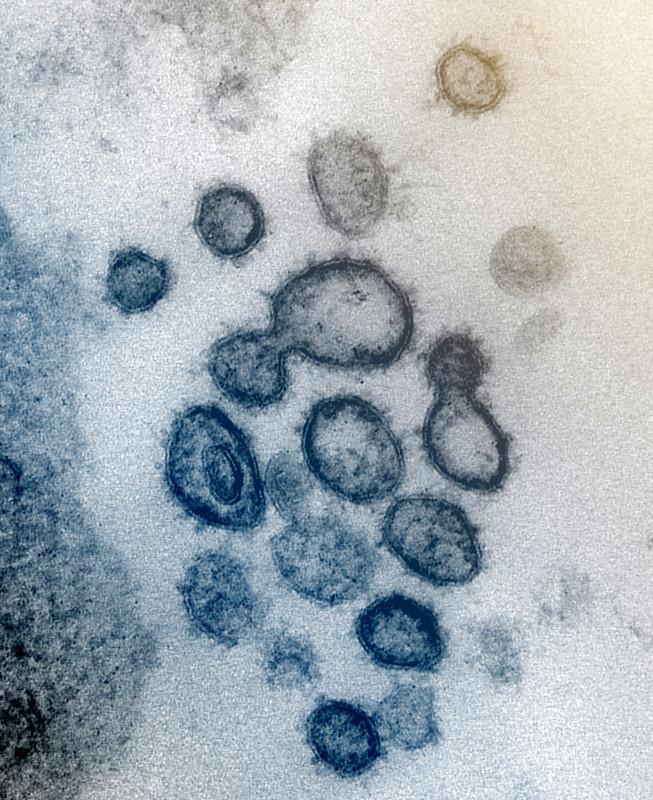

WHAT: The emergence and rapid increase in cases of coronavirus disease 2019 (COVID-19), a respiratory illness caused by a novel coronavirus, pose complex challenges to the global public health, research and medical communities, write federal scientists from NIH’s National Institute of Allergy and Infectious Diseases (NIAID) and from the Centers for Disease Control and Prevention (CDC). Their commentary appears in The New England Journal of Medicine.
NIAID Director Anthony S. Fauci, M.D., NIAID Deputy Director for Clinical Research and Special Projects H. Clifford Lane, M.D., and CDC Director Robert R. Redfield, M.D., shared their observations in the context of a recently published report on the early transmission dynamics of COVID-19. The report provided detailed clinical and epidemiological information about the first 425 cases to arise in Wuhan, Hubei Province, China.
In response to the outbreak, the United States and other countries instituted temporary travel restrictions, which may have slowed the spread of COVID-19 somewhat, the authors note. However, given the apparent efficiency of virus transmission, everyone should be prepared for COVID-19 to gain a foothold throughout the world, including in the United States, they add. If the disease begins to spread in U.S. communities, containment may no longer be a realistic goal and response efforts likely will need to transition to various mitigation strategies, which could include isolating ill people at home, closing schools and encouraging telework, the officials write.
Drs. Fauci, Lane and Redfield point to the many research efforts now underway to address COVID-19. These include numerous vaccine candidates proceeding toward early-stage clinical trials as well as clinical trials already underway to test candidate therapeutics, including an NIAID-sponsored trial of the experimental antiviral drug remdesivir that began enrolling participants on February 21, 2020.
“The COVID-19 outbreak is a stark reminder of the ongoing challenge of emerging and re-emerging infectious pathogens and the need for constant surveillance, prompt diagnosis and robust research to understand the basic biology of new organisms and our susceptibilities to them, as well as to develop effective countermeasures,” the authors conclude.


































